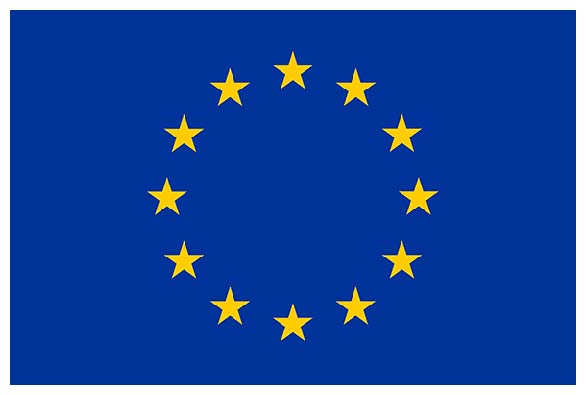For more than 20 years, Earth Observation satellites developed or operated by ESA have provided a wealth of data. In the coming years, the Sentinel missions, along with the Copernicus Contributing missions as well as Earth Explorers and other, Third Party missions will provide routine monitoring of our environment at the global scale, thereby delivering an unprecedented amount of data.
While the availability of the growing volume of environmental data from space represents a unique opportunity for science and applications, it also poses a major challenge to achieve its full potential in terms of data exploitation. In this context, ESA has started in 2014 the EO Exploitation Platforms (EPs) initiative, a set of R&D activities that in the first phase (2017) aims to create an ecosystem of interconnected Thematic Exploitation Platforms (TEPs).
A TEP is a collaborative, virtual work environment addressing a class of users and providing access to EO data, algorithms and computing/networking resources required to work with them, through one coherent interface. The fundamental principle of the TEPs is to move the user to the data and tools as opposed to the traditional approach of downloading, replicating, and exploiting data “at home”. Now the user community is present and visible in the platform, involved in its governance and and enabled to share and collaborate. There are currently 7 TEPs addressing the following application areas: coastal, forestry, hydrology, geohazards, polar, urban themes, and food security.


Read More